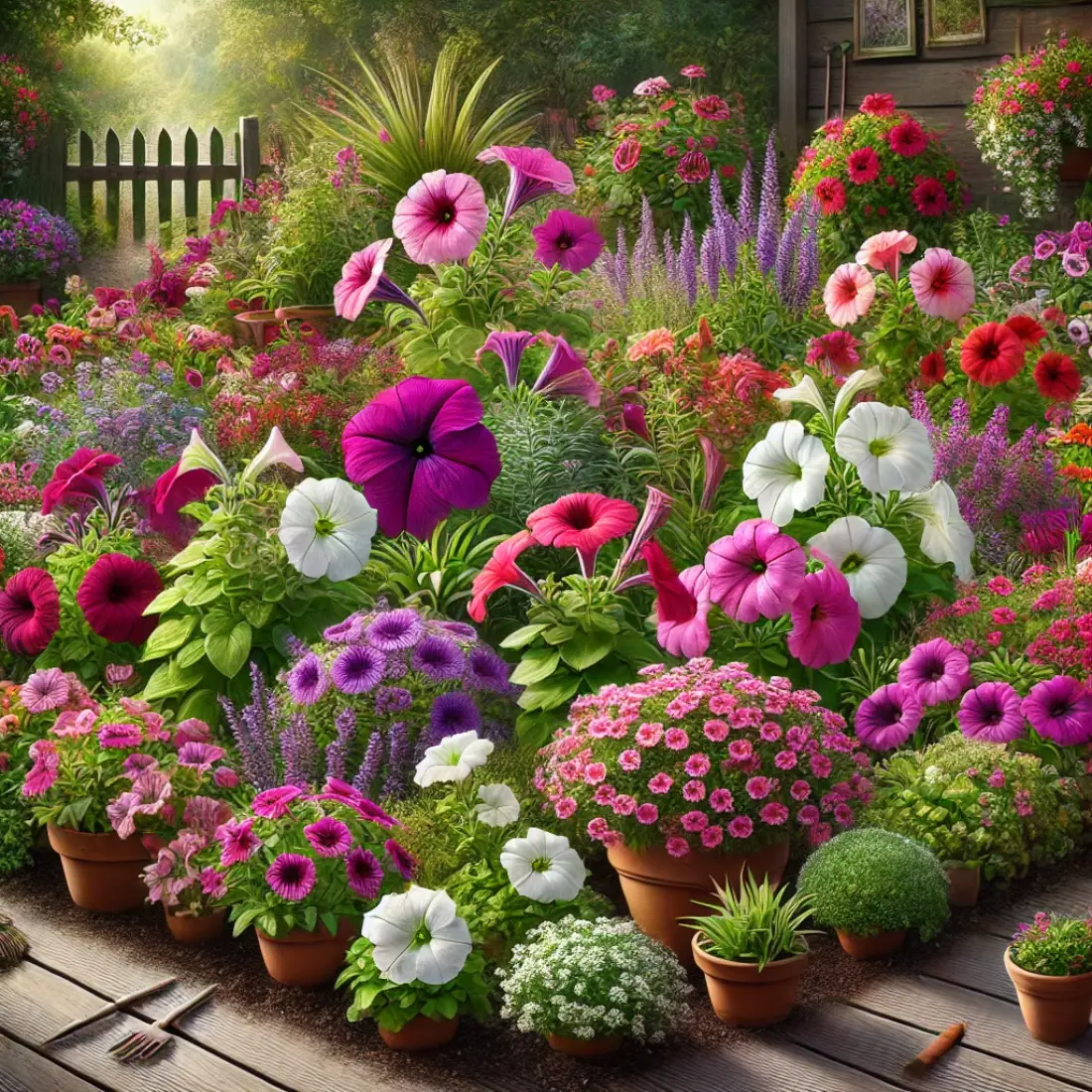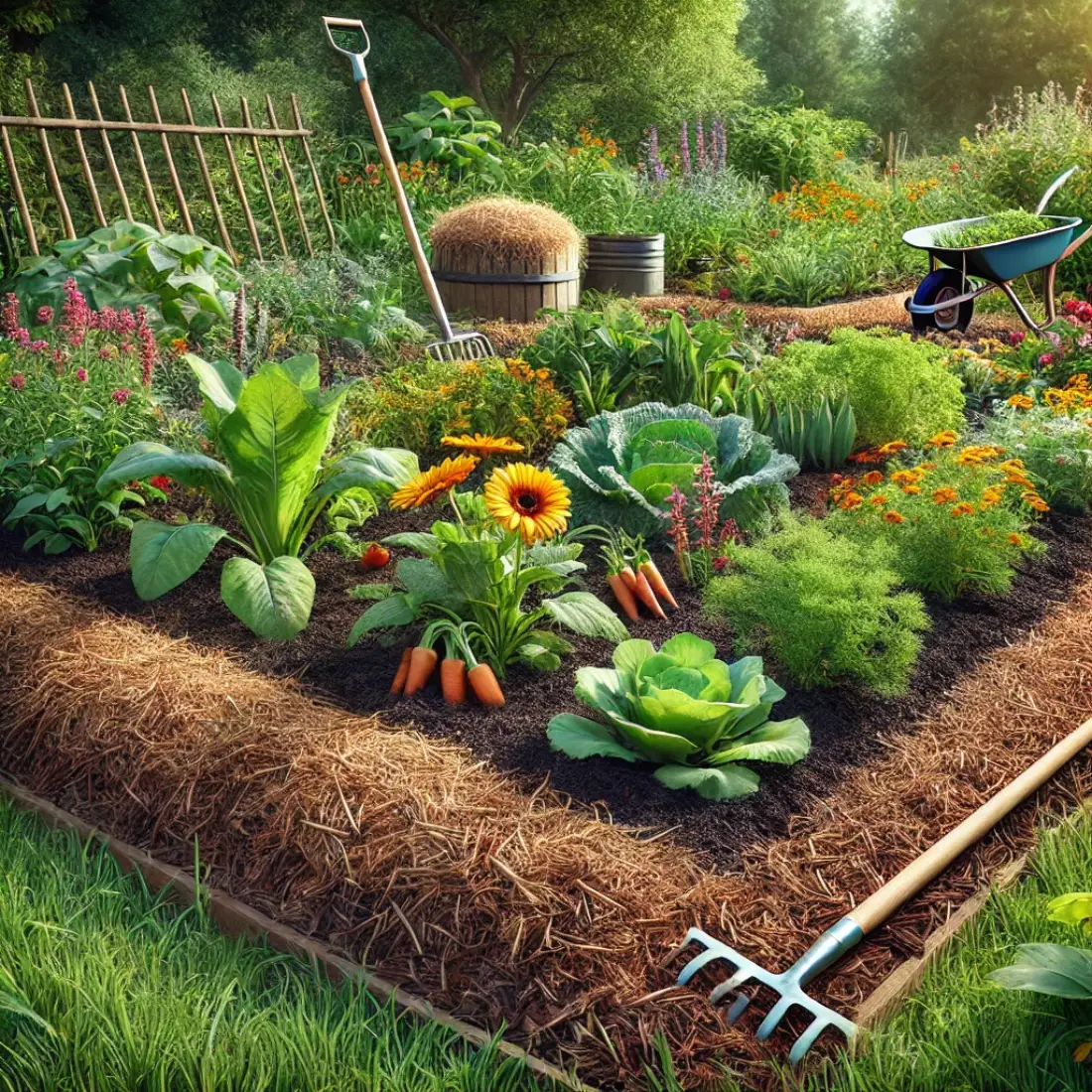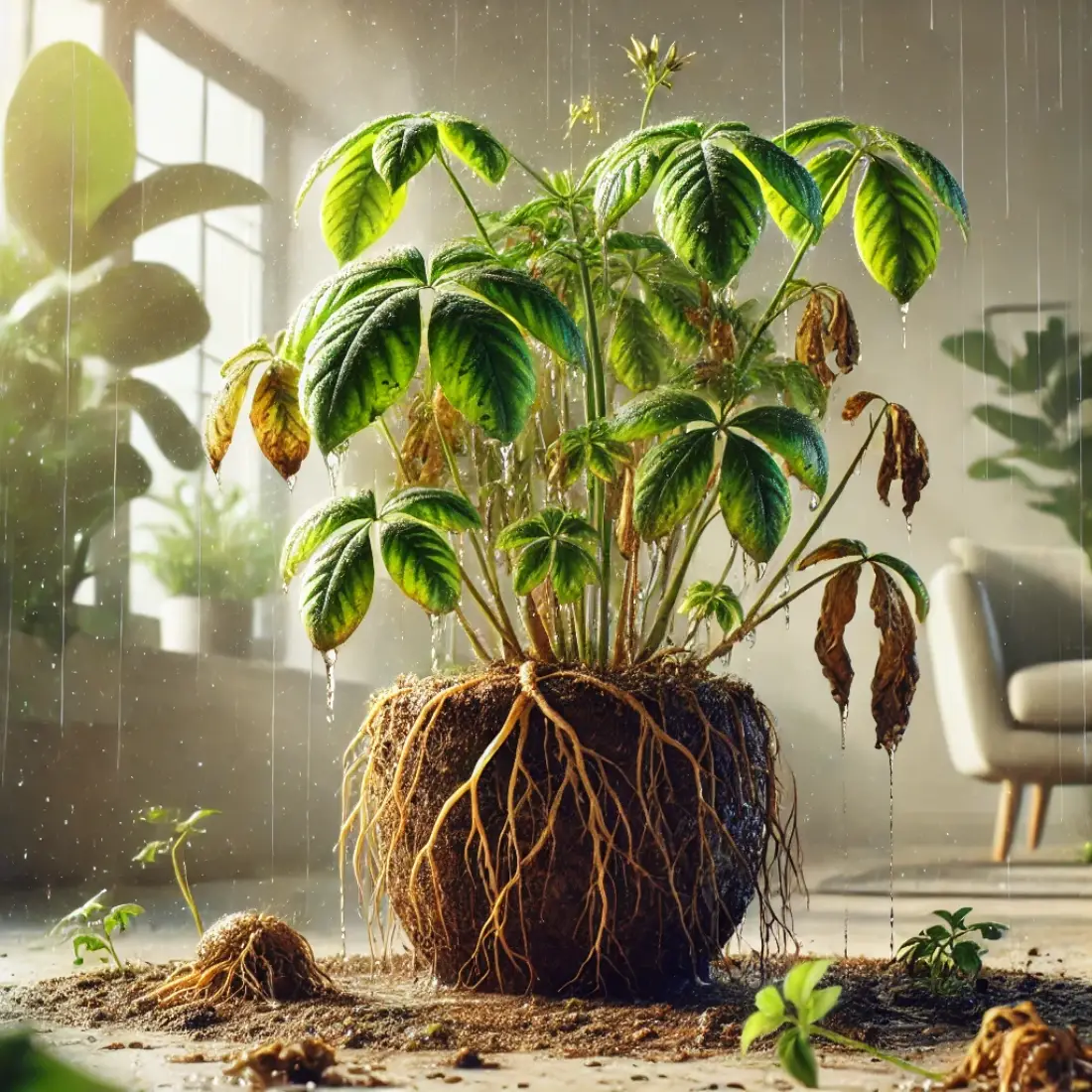Petunias are a favorite among gardeners for their vibrant blooms and ability to brighten up any garden space. Growing petunias using organic practices ensures not only the health of the plants but also the wellbeing of your garden ecosystem.
- Varieties: Petunias come in Grandiflora, Multiflora, and Spreading types.
- Growing Conditions: Thrive in well-drained soil (pH 6.0-7.0), full sunlight, and regular watering.
- Planting: Start from seeds indoors or transplant seedlings, spacing them properly.
- Care: Regular fertilization, pruning, and deadheading promote growth and blooms.
- Pest Control: Watch for aphids and powdery mildew; treat promptly.
- Winter Care: Overwinter indoors in colder climates with adequate light and water.
- Garden Design: Ideal for borders, containers, and companion planting for vibrant displays.
Types of Petunias
Petunias are a versatile and colorful addition to any garden, available in several varieties. Each type of petunia offers unique features and benefits, making them suitable for different gardening needs and preferences.
Grandiflora Petunias
Grandiflora petunias are known for their large, showy flowers that can reach up to 5 inches in diameter. They are perfect for creating eye-catching displays in hanging baskets, containers, and garden beds. However, their large blooms are susceptible to damage from heavy rain and wind, so they thrive best in sheltered locations.
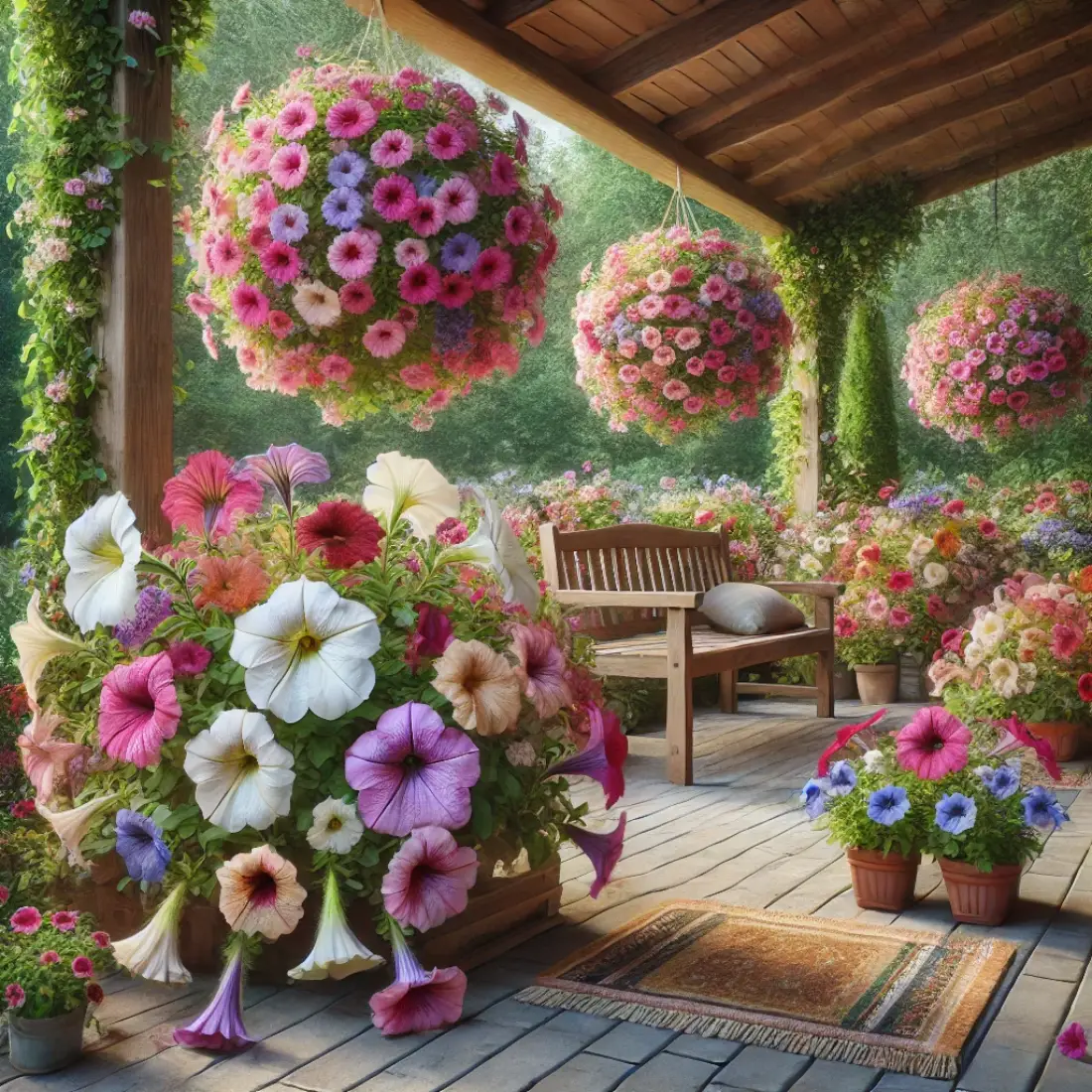
Milliflora Petunias
Milliflora petunias are compact plants that produce tiny, 1-inch flowers. These small but prolific bloomers are perfect for edging, small containers, and window boxes. Their compact size and abundant flowering make them a great choice for gardeners looking to add a burst of color to smaller spaces without overwhelming other plants.
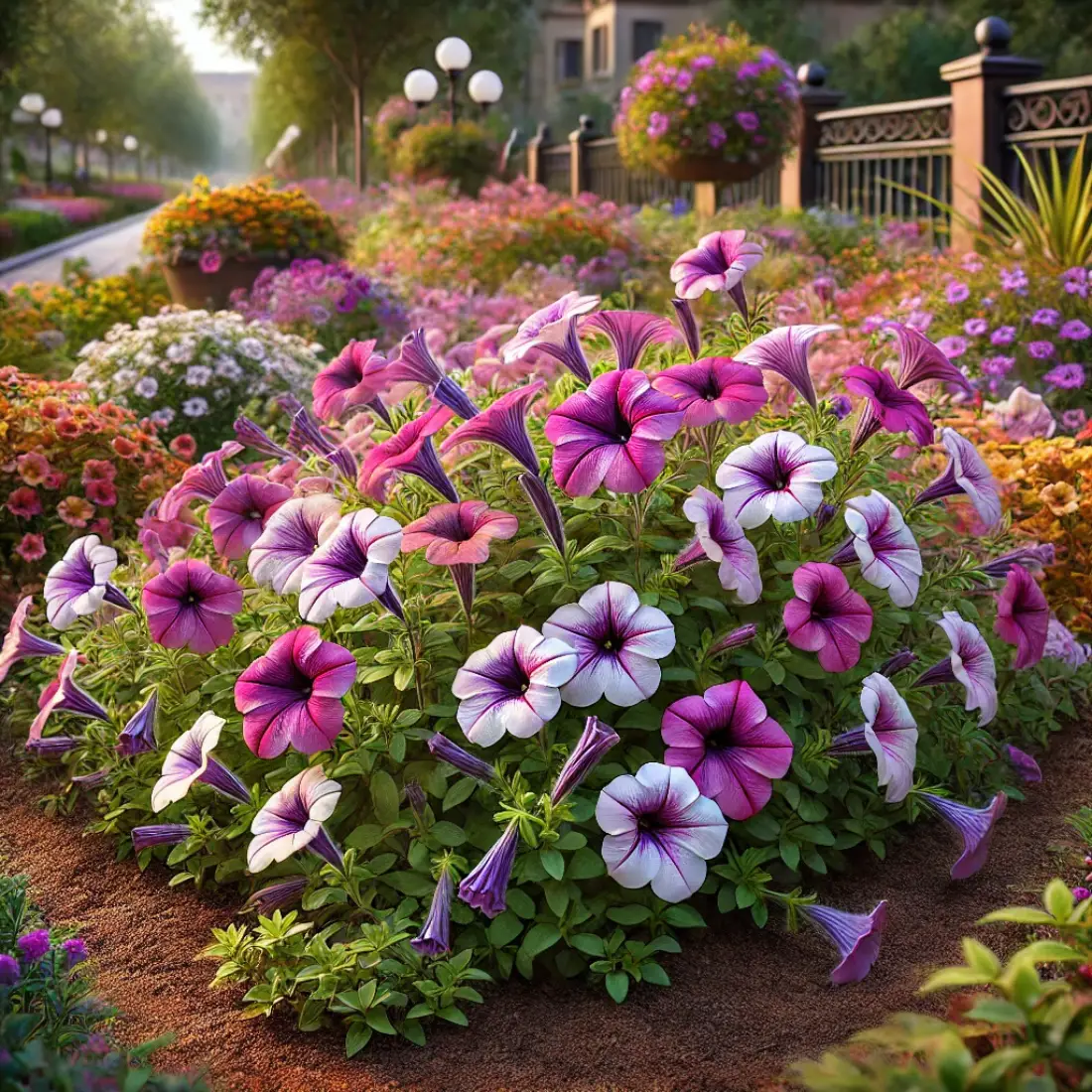
Spreading or Wave Petunias
Spreading or Wave petunias are renowned for their vigorous growth and ground-covering ability. They can spread up to 4 feet wide, creating a carpet of continuous blooms. This variety is perfect for large areas, hanging baskets, and window boxes. Their cascading growth habit makes them an excellent choice for adding dramatic color to retaining walls and slopes.

Ideal Growing Conditions
Creating the perfect environment for your petunias is essential for ensuring they thrive and produce abundant, vibrant blooms. Here’s a detailed look at the ideal growing conditions for petunias.
- Soil Requirements: Petunias flourish in well-drained soil with a slightly acidic to neutral pH range of 6.0 to 7.0. Incorporate organic matter, such as compost or well-rotted manure, to enhance soil fertility and drainage. Good drainage is crucial, as petunias are prone to root rot in waterlogged conditions.
- Sunlight Needs: Petunias require full sunlight to perform their best. They need at least six hours of direct sunlight each day. More sunlight results in more robust plants and a higher quantity of blooms. In regions with extremely hot summers, some afternoon shade can prevent the flowers from scorching.
- Temperature Preferences: Petunias prefer moderate temperatures, thriving best between 60°F and 75°F (15°C to 24°C). They can tolerate higher temperatures if they receive adequate water. However, prolonged exposure to temperatures below 55°F (13°C) can slow growth and reduce flowering. In cooler climates, it’s best to plant petunias after the last frost date.
- Watering Guidelines: Regular watering is vital for healthy petunias. The soil should be kept consistently moist but not soggy. Water petunias thoroughly, allowing the soil to dry slightly between watering sessions. Avoid overhead watering to reduce the risk of fungal diseases. Using a soaker hose or drip irrigation system can help deliver water directly to the roots and keep foliage dry.
Planting Petunias
Proper planting is key to establishing healthy and vibrant petunias in your garden. Whether starting from seeds or transplanting seedlings, following the right techniques ensures your petunias thrive and produce abundant blooms.
Starting from Seeds
Starting petunias from seeds requires some patience but can be highly rewarding. Here’s a step-by-step guide:
- Timing: Begin sowing petunia seeds indoors 10-12 weeks before the last expected frost date.
- Seed Tray Preparation: Fill seed trays with a light, well-draining seed-starting mix.
- Sowing Seeds: Scatter the tiny seeds on the surface of the soil and lightly press them down. Do not cover them with soil, as petunia seeds need light to germinate.
- Moisture and Light: Mist the soil lightly with water to moisten it. Place the seed tray under grow lights or in a sunny window where it can receive 12-16 hours of light daily.
- Germination: Keep the soil consistently moist. Seeds should germinate in 5-15 days.
Transplanting Seedlings
Transplanting petunia seedlings into the garden or containers is a critical step in their development:
- Hardening Off: About a week before transplanting, start acclimating seedlings to outdoor conditions. Gradually increase their exposure to sunlight and outdoor temperatures.
- Site Selection: Choose a location with well-drained soil and full sunlight.
- Planting Depth and Spacing: Dig holes large enough to accommodate the root ball of each seedling. Plant them at the same depth they were in their pots. Space grandiflora and multiflora petunias 12 inches apart, milliflora 6 inches apart, and spreading types 18 inches apart.
- Watering: Water the seedlings thoroughly after planting to settle the soil around the roots.
Container Planting
Growing petunias in containers is an excellent option for patios, balconies, and small spaces:
- Choosing Containers: Select containers with good drainage holes. Larger containers retain moisture better and reduce the frequency of watering.
- Soil Mix: Use a high-quality, well-draining potting mix enriched with compost or slow-release fertilizer.
- Planting: Plant petunias at the same depth as their nursery pots, allowing enough space between plants for growth.
- Watering: Water regularly, ensuring the soil remains moist but not waterlogged. Containers may require more frequent watering, especially in hot weather.
Caring for Petunias
Proper care ensures that your petunias remain healthy, vibrant, and blooming throughout the season.
Organic Fertilization
Using organic fertilization methods can promote healthy growth and abundant blooms in your petunias without the use of synthetic chemicals. Here are some organic practices:
- Compost: Incorporate compost into the soil at planting time. Compost enriches the soil with essential nutrients and improves soil structure, promoting healthy root development. Side-dress with compost every few weeks during the growing season to provide a steady nutrient supply.
- Composted Manure: Well-rotted manure is an excellent organic fertilizer for petunias. Mix it into the soil before planting and use it as a top-dressing around the plants. Manure provides a slow-release source of nitrogen, phosphorus, and potassium, essential for robust growth and blooming.
- Organic Liquid Fertilizers: Use liquid fertilizers such as fish emulsion or seaweed extract to feed your petunias. These organic options provide a balanced mix of nutrients and are easily absorbed by plants. Dilute the liquid fertilizer according to the manufacturer’s instructions and apply every 2-3 weeks during the growing season.
- Compost Tea: Brew compost tea by steeping compost in water for several days. Strain the liquid and use it to water your petunias. Compost tea is rich in beneficial microorganisms and nutrients that enhance plant health and promote vigorous blooming.
Pruning and Deadheading
Regular pruning and deadheading are essential for maintaining the health and appearance of your petunias:
- Pruning: Trim back leggy growth to encourage bushier, more compact plants. Pinch back the stems periodically to promote branching.
- Deadheading: Remove spent flowers to prevent seed formation and encourage continuous blooming. This process redirects the plant’s energy towards producing more flowers rather than seeds.
Overwintering Petunias
In colder climates, you can overwinter petunias indoors to save them for the next growing season:
- Potting: Before the first frost, pot up your petunias and bring them indoors.
- Light and Temperature: Place the pots in a bright, cool location where they can receive at least six hours of sunlight daily. Supplemental lighting may be necessary.
- Watering: Water sparingly during the winter months, just enough to keep the soil from drying out completely.
Pest and Disease Control
Petunias, though generally resilient, can occasionally fall prey to various pests and diseases. Implementing organic control methods ensures that your plants remain healthy without the use of harmful chemicals.
Common Pests and Organic Control Methods
Aphids:
- Identification: Small, green or black insects that cluster on new growth and buds.
- Control: Spray a mixture of water and a few drops of dish soap directly on the aphids. Introducing beneficial insects like ladybugs and lacewings can also naturally reduce aphid populations.
Caterpillars:
- Identification: These can include a variety of larvae such as cabbage loopers, which chew holes in the leaves.
- Control: Hand-pick caterpillars off the plants. Apply Bacillus thuringiensis (Bt), a natural bacterial pesticide that targets caterpillars without harming beneficial insects.
Spider Mites:
- Identification: Tiny, spider-like pests that cause stippling on leaves and form webs.
- Control: Increase humidity around the plants by misting them regularly. Introduce predatory mites or spray neem oil, which is effective in controlling spider mites organically.
Whiteflies:
- Identification: Small white flies that flutter around when the plant is disturbed.
- Control: Use yellow sticky traps to catch adult whiteflies. Spray a mixture of water and insecticidal soap to control nymphs and larvae.
Common Diseases and Organic Control Methods
Powdery Mildew
- Identification: White, powdery fungal growth on leaves and stems.
- Control: Ensure good air circulation by spacing plants properly and avoiding overhead watering. If powdery mildew appears, spray a mixture of water, baking soda (1 tablespoon per gallon), and a few drops of liquid soap on the affected areas.
Botrytis Blight (Gray Mold)
- Identification: Gray, fuzzy mold on flowers, leaves, and stems, often in damp conditions.
- Control: Remove and dispose of affected plant parts promptly. Ensure proper spacing and avoid overhead watering. Use a neem oil spray to prevent and control the spread of the fungus.
Root Rot
- Identification: Wilting and yellowing leaves, with roots turning brown and mushy.
- Control: Ensure well-drained soil and avoid overwatering. If root rot occurs, remove the affected plants and improve soil drainage. Applying a biological fungicide containing Trichoderma can help prevent future outbreaks.
General Prevention Tips
- Proper Spacing: Space plants adequately to ensure good air circulation.
- Watering Techniques: Water the base of the plants rather than overhead to reduce moisture on the leaves, which can lead to fungal diseases.
- Healthy Soil: Maintain healthy soil by adding organic matter and ensuring good drainage. Healthy soil promotes strong, resilient plants that are less prone to pests and diseases.
- Regular Monitoring: Inspect your plants regularly for early signs of pests and diseases. Early detection allows for more effective and timely interventions.
Common Problems and Solutions
Even with the best care, petunias can sometimes encounter problems. Here are some common issues and their organic solutions to keep your petunias healthy and blooming.
Yellowing Leaves
Causes:
- Nutrient Deficiency: A lack of essential nutrients like nitrogen can cause yellowing leaves.
- Overwatering: Excessive water can lead to root rot, which manifests as yellowing leaves.
Solutions:
- Fertilize: Apply a balanced, organic fertilizer or compost to enrich the soil with necessary nutrients.
- Adjust Watering: Ensure the soil is well-drained and water only when the top inch of soil is dry.
Wilting
Causes:
- Underwatering: Insufficient water can cause petunias to wilt.
- Overwatering: Too much water can also lead to wilting by suffocating the roots.
Solutions:
- Consistent Watering: Water the plants thoroughly and regularly, allowing the soil to dry slightly between waterings. Ensure proper drainage to prevent waterlogging.
- Mulching: Apply organic mulch around the base of the plants to retain soil moisture and regulate temperature.
Poor Blooming
Causes:
- Lack of Sunlight: Petunias need at least six hours of direct sunlight daily to bloom profusely.
- Nutrient Imbalance: Excessive nitrogen can promote leafy growth at the expense of flowers.
Solutions:
- Increase Sun Exposure: Ensure your petunias receive adequate sunlight by relocating them if necessary.
- Balanced Fertilization: Use a fertilizer with a higher phosphorus content (bone meal, worm casting, blood meal) to encourage blooming.
Leggy Growth
Causes:
- Insufficient Light: Inadequate sunlight can cause petunias to stretch towards the light, resulting in leggy growth.
- Lack of Pruning: Not pruning regularly can lead to sparse and elongated stems.
Solutions:
- Provide More Light: Ensure the plants get full sunlight.
- Prune Regularly: Trim back the stems periodically to encourage bushier growth. Pinch back the growing tips to promote branching.
FAQs about Petunias
What are the best conditions for petunias to thrive?
Petunias thrive in well-drained soil with a pH of 6.0 to 7.0, full sunlight (at least six hours daily), and regular watering to keep the soil moist but not waterlogged.
How often should I water my petunias?
Water petunias thoroughly when the top inch of soil feels dry. In hotter climates or during peak summer, they may need watering every day. Ensure good drainage to avoid root rot.
Can petunias grow indoors?
Yes, petunias can grow indoors if they receive enough light. Place them near a sunny window or under grow lights for at least 12-16 hours of light per day.
How do I prevent my petunias from getting leggy?
To prevent leggy growth, ensure they get full sunlight and prune regularly. Pinch back the growing tips to encourage bushier plants and more blooms.
What type of fertilizer should I use for petunias?
Use an organic fertilizer like compost, well-rotted manure, or organic liquid fertilizers such as fish emulsion or seaweed extract. Apply every 2-3 weeks during the growing season.
How do I deadhead petunias?
To deadhead, simply pinch or snip off spent flowers just above the first set of healthy leaves. This encourages the plant to produce more blooms rather than seeds.
What pests commonly affect petunias and how can I control them?
Common pests include aphids, caterpillars, spider mites, and whiteflies. Control them with organic methods such as insecticidal soap, neem oil, or introducing beneficial insects like ladybugs.
How can I protect my petunias from diseases?
Prevent diseases by ensuring good air circulation, avoiding overhead watering, and using organic fungicides like neem oil or a baking soda solution for powdery mildew.
Can I save my petunias for next year?
Yes, you can overwinter petunias indoors by potting them before the first frost and placing them in a bright, cool location. Water sparingly during winter months to keep them alive until spring.
How do I use petunias in garden design?
Petunias are versatile and can be used in borders, containers, hanging baskets, and as ground covers. Combine different varieties and colors to create vibrant, eye-catching displays in your garden.

